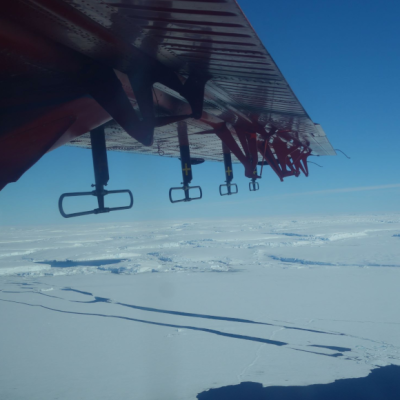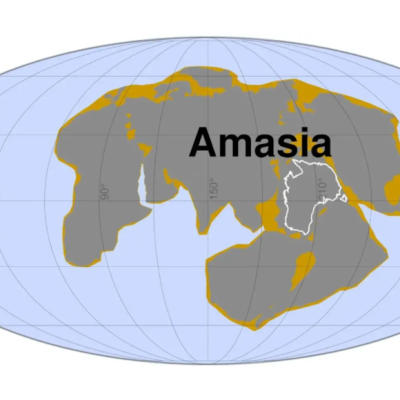Scientists from the University of Illinois and the Chinese Nanjing University have made a bizarre and fascinating discovery while studying the Earth’s interior using seismic waves. Contrary to previous beliefs, our planet does not have just one core. Instead, the innermost part of our blue planet, like a Russian Matryoshka doll, has its own core. Moreover, this core within the core seems to be completely different from what geologists and researchers previously assumed. For a long time, geology assumed that the Earth’s core consisted of an outer mantle of liquid iron and a solid central core of iron crystals. However, the results of the study from Illinois and Nanjing show that there is another core behind it, with a crystalline form that has an east-west orientation.
According to Professor Xiaodong Song from the Department of Geology at the University of Illinois and co-author of the study, “Although the inner core is very small, smaller than the moon, it has some highly interesting properties. Through the innermost core, we can obtain information that gives us insights into how our planet actually formed and what dynamic processes were involved. This can completely reshape our understanding of what is happening deep inside the Earth.” Professor Song further explained that the fact that we have two cores that are significantly different from each other can teach us about the development of the Earth. For example, it is possible that the innermost core played a significant role in the deformation and shaping of our planet during its development. This could be the key to unlocking the secrets behind the birth of the Earth.
Professor Simon Redfern from the Geological Institute at Cambridge University also considers the results of the new study to be significant. He believes that there must have been a very significant event in the Earth’s history that led to the different orientation of the core within the core. Other geological studies suggest that the Earth’s magnetic field underwent a significant change in its history, resulting in a change in the polarity between the equator and the current poles. This could be the explanation for the unusual orientation that Professor Song discovered in the innermost core. It may also provide an explanation for unusual paleomagnetic signatures in ancient rock and sediment structures found near the equator for the past half-billion years.










